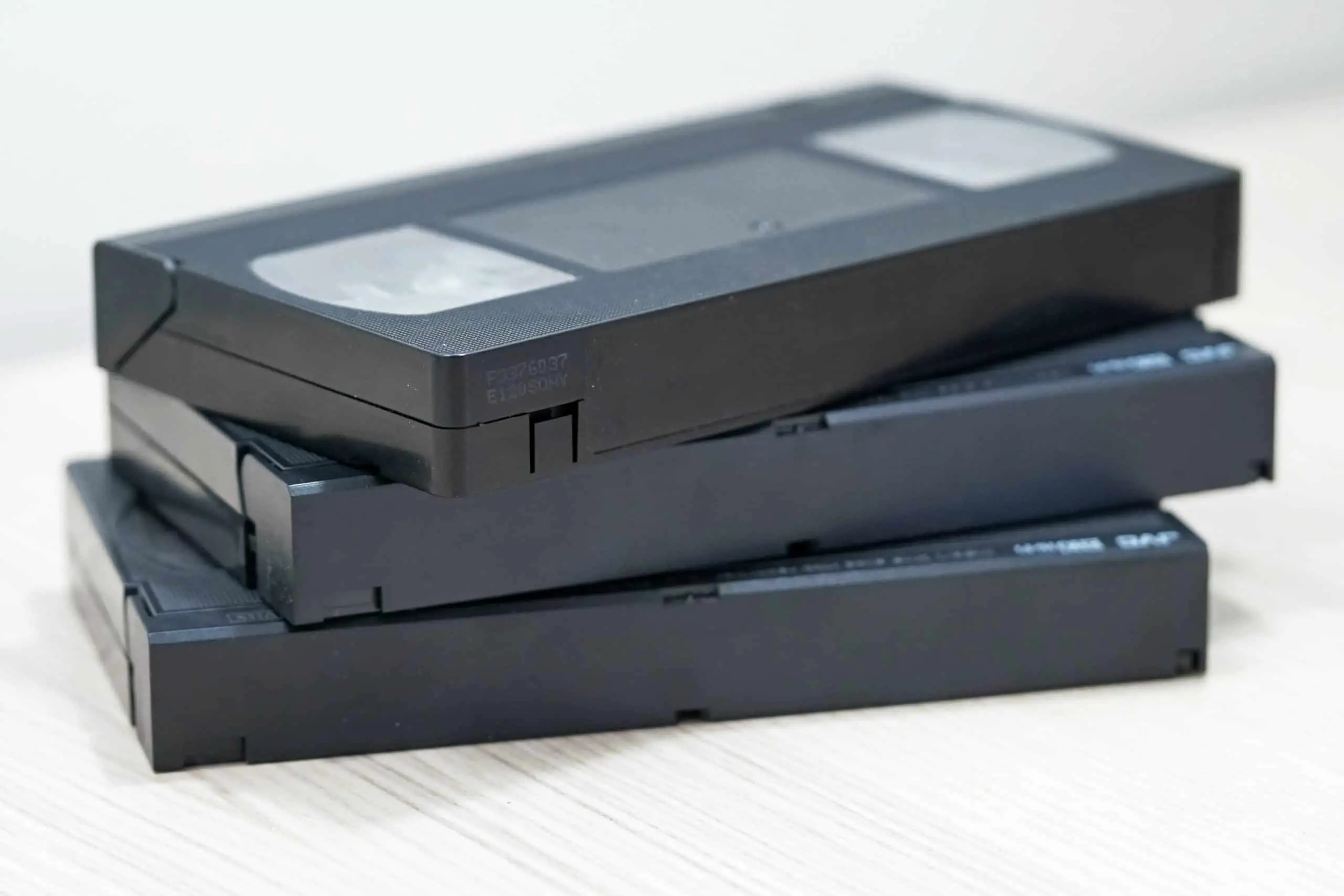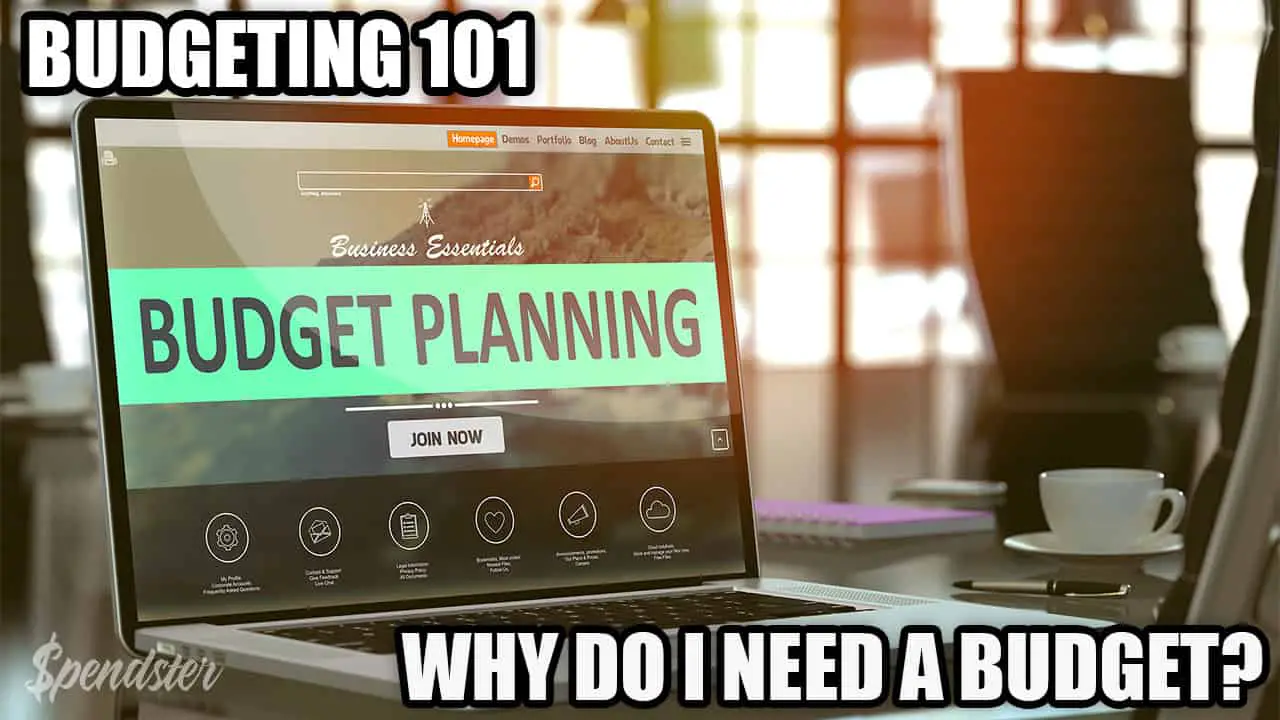Free 50/30/20 Calculator And How To Use It [2022 Guide]
It’s a common occurrence in today’s consumer world that people can’t seem to create a budgeting plan. The cost of everyday expenses gets higher and higher, so it’s only natural to look for budgeting advice.
No matter what salary level you’re at, there is one easy budgeting strategy that anyone can put to use and that is the 50/30/20 calculator.
Most importantly – it lets you plan your budget in a way that eliminates your debt. Let’s take a more detailed look in this guide, shall we?
50/30/20 Free Budget Calculator
Find out how this budgeting approach applies to your money.
How To Use The 50/30/20 Calculator
The 50/30/20 calculator is a budgeting method applied by financial experts in an effort to minimize your expenses and reduce your debt. It can even result in some accumulated savings in case you apply it regularly.
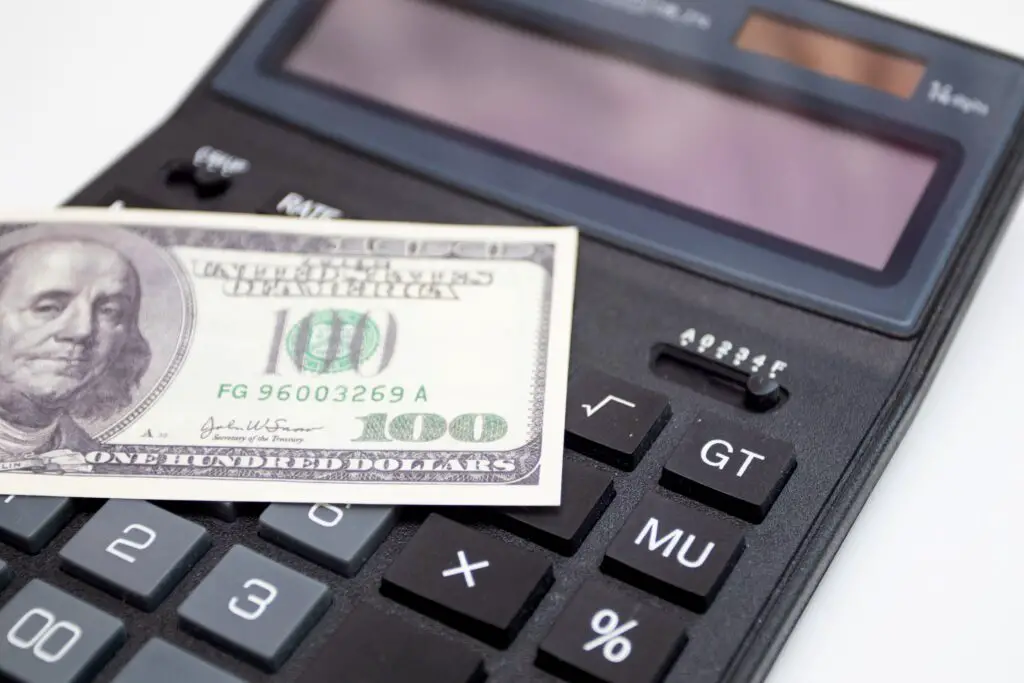
It states you should divide your monthly paycheck into three categories:
- 50% monthly income goes towards your needs
- 30% monthly income goes towards your wants
- 20% monthly income goes towards debt repayments and savings
I know, this doesn’t really sound like rocket science does it? Don’t give up just yet, as this simple method truly works, you just have to apply it with some thought and patience.
You can even use it to create an ultimate lifetime money plan that will get you out of debt and boost your credit score.
While we are at it, this budgeting method can be used for raising your score and affecting it for the better. However, you might need to make slight changes to it if your debt is too high and it’s piled up over time.
After you recover your credit score and get out of debt, you can keep applying the same tactics to save money. It’s a genuine life-changing technique, so let’s see how you can utilize it.
The First Step – Determine Your Budget
For the technique to work, you’ll need to set a fixed budget for a period of one month. It doesn’t only have to be your income – perhaps you are doing some side hustles or renting a room to get a few bucks aside from your regular paycheck.
Count all income streams and determine your net income (after taxes) for the month as a starting point. Your entire income will be your budget, but you won’t use it as you are used to.
Your monthly after-tax income is just the first step of the game, and you should proceed with figuring out your essential expenses.
Put everything on paper to get a clear perspective on what you’ll spend during the month.
Use 50% Of Your Income On Necessary Expenses
Your “necessities” or “needs” make up the highest part of your budget in this method. It’s the total expense you have during the month which you can’t change. According to this budgeting plan, your needs include the following expenses:
- Utility bills and housing
- Rent payments
- Medical bills
- Fuel and transportation costs
- Home and car repairs
- Health insurance
- Loan payments that threaten to go to collections
- Child expenses
- College Education
Just by looking at the list, you can tell it’s a lot, but not everything is essential as it seems.
Not everyone has medical bills and childcare expenses, so it all depends on your exact costs. Put everything on paper for the 50-30-20 budget calculator to work.
If possible, round up the sums to a higher amount, as you aren’t likely to save much on these necessities. Avoid overspending where it’s possible, but be honest with yourself for the calculator to work.
The Next Step – Put 30% Of Your Income To The Side For Wants
There’s a reason why the free 50-30-20 budget calculator works – it can be adjusted to every consumer. So, if you are in a lot of debt, using 30% of your income for wants might seem a bit excessive.

Taking 30% of your monthly after-tax income for wants includes things like gym memberships, nights out, road trips, vacations, entertainment, and subscriptions like Hulu and Netflix.
You can adjust the expenses and wants according to your financial situation and if you’re lucky enough to have some extra money leftover from either the 50% or the 30% bucket then redirect the remaining funds to loan and debt repayments.
Once again, put everything on paper and calculate that percentage based on your monthly take-home pay. If you fall short of covering all the wants in your budget then the best compromise you can make is to make a list of your top wants and focus on paying for those.
For example, you can try focusing on a free streaming service from now on and save up additional cash for debt payments by giving up on Netflix, Hulu, or Amazon Prime. (gasp!)
The larger your debt, the more money from the “wants” category you should try to save on and redirect for debt repayment.
Finally, Use 20% Towards Savings And Debt Repayment
If you are using the 50-30-20 budgeting calculator to boost your score and get out of debt, this last part is crucial. You should use 20% of your after-tax income for savings and debt repayment, depending on your financial situation.
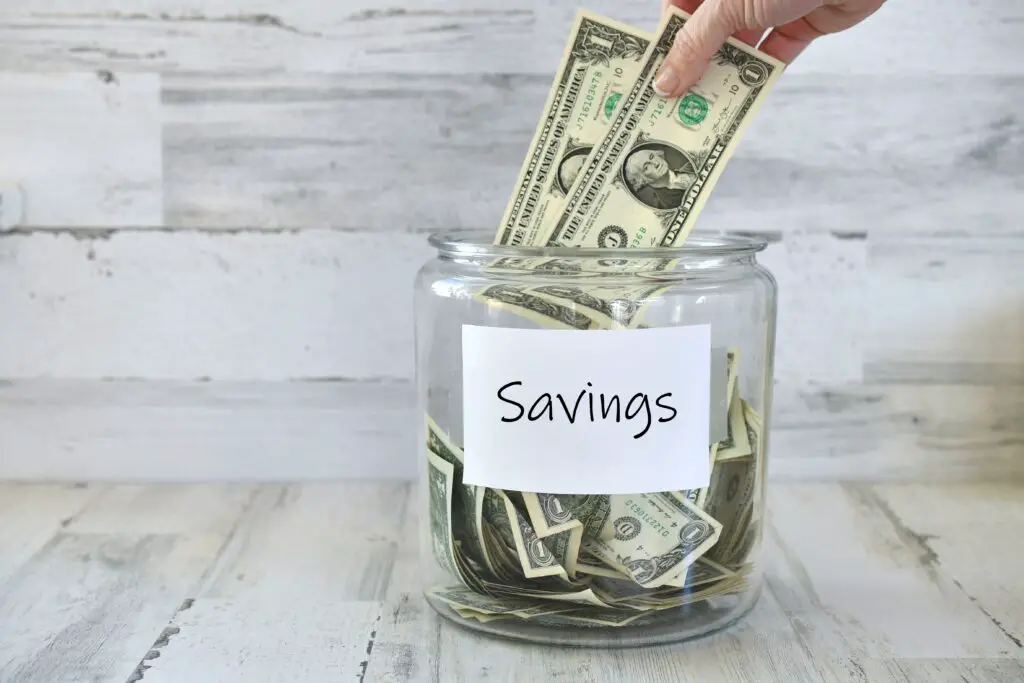
If your debt has piled up and it drags your score down, you should consider lowering the amount available for wants and focusing on repaying your debt.
Along with this method, there are two tactics that work well with the pre-determined sum for loan repayments – the debt avalanche and debt snowball method.
With the debt avalanche method, you’ll be focusing on repaying your high-interest debt first to save up on interest payments.
On the other hand, the debt snowball method seems somewhat more applicable in this case, as it includes paying off your lowest debts first.
Once you pay off the existing debt, you can start using 20% of your income on saving money and placing it into a savings account or taking advantage of an employer sponsored retirement plan, especially if they math your contribution!
It all depends on your take home pay and after-tax income and debt when deciding whether the 50 30 20 budget calculator will work for you.
Is The 50-30-20 Method A Good Budgeting Plan Or A Scam?
Overall, the 50-30-20 method truly works really well but it’s just not applicable if your debt is overwhelming and you have a bankruptcy threat on the horizon.
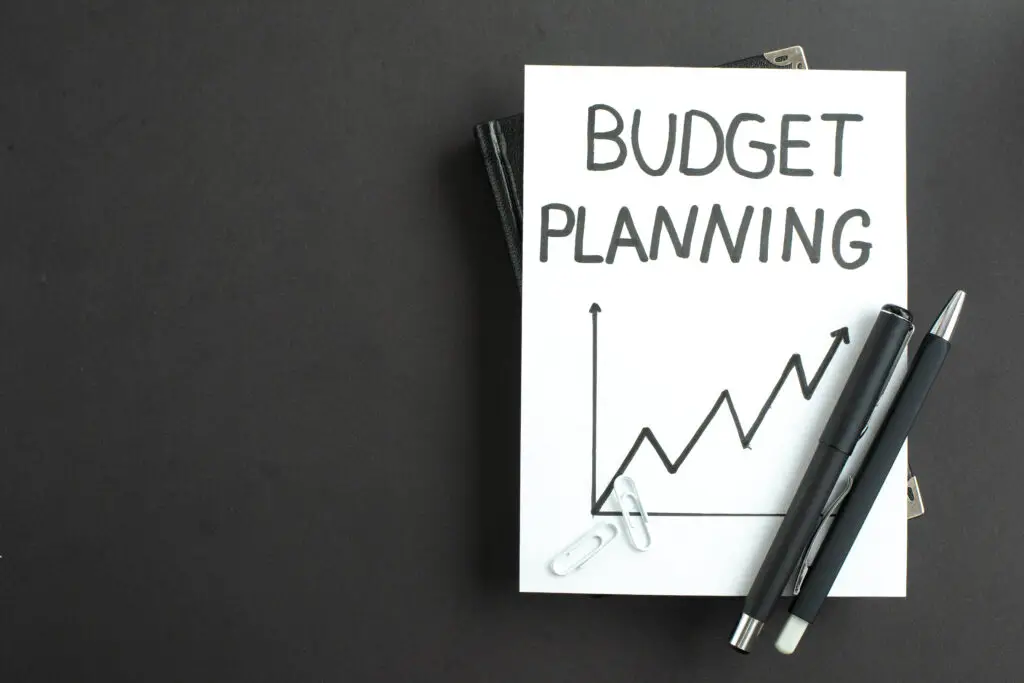
In every other scenario, it’s a great option for budgeting that depends on your gross income.
Since the average person’s income varies in the US, this budget plan is as close as it gets to an easy to figure out universal debt repayment and saving strategy.
You might be able to save money that seemed impossible to save before with just a bit of discipline and patience.
You might even decide to put a hold on your discretionary spending and focus on essentials and debt repayments.
Even if you have a low income, you should be able to focus on absolute necessities and repay your debt to slowly boost your credit score.
Final Thoughts
In the end, setting savings goals truly works for most people, and the fact that there are free 50-30-20 budget calculators like the one above can only help.
The main categories you should focus on are food, utility bills, and rent payments, as well as necessary monthly loan payments.
With the 50-30-20 rule, you can create a positive change in your financial life within just a few months of applying the method.
Frequently Asked Questions (FAQ):
How does a 50-30-20 rule work?
Setting financial goals is the primary focus of the 50-30-20 rule. You can start by putting all of your monthly expenses on paper along with your monthly net income after taxes. It also depends on individual circumstances as you can adjust the plan to work more in favor of debt repayment. It divides your needs, wants, and savings into a 50-30-20 ratio to optimize your monthly budget.
Is the 50-30-20 rule going to boost your credit score?
Using a 50-30-20 rule of budgeting can boost your credit score if you use it to help with debt repayment expenses. The faster you clear your existing debt, the better it will be in terms of your credit score rebuild and you can start over fresh.
Is there a free 50-30-20 budget calculator?
Yes, there is a simple one up above. Just plugin your income and it will show you the three budgeting categories automatically. Free budget templates can also be used to write everything out in great detail.
How fast can you financially recover after using a budget plan?
By using a 50-30-20 budget, you will start to chip away at any existing debt. So, your credit score grows a little bit each time you make a payment and owe less and less over all. It all depends on how many negative impacts you have to begin with but you could start to see positive results in just a couple months.


